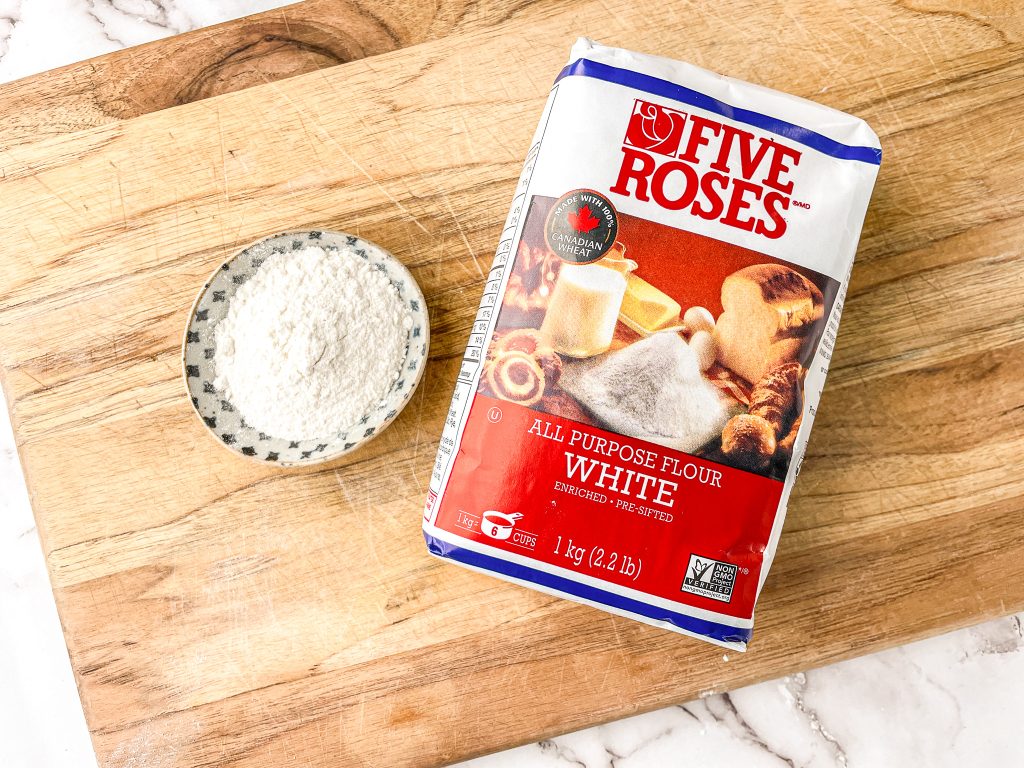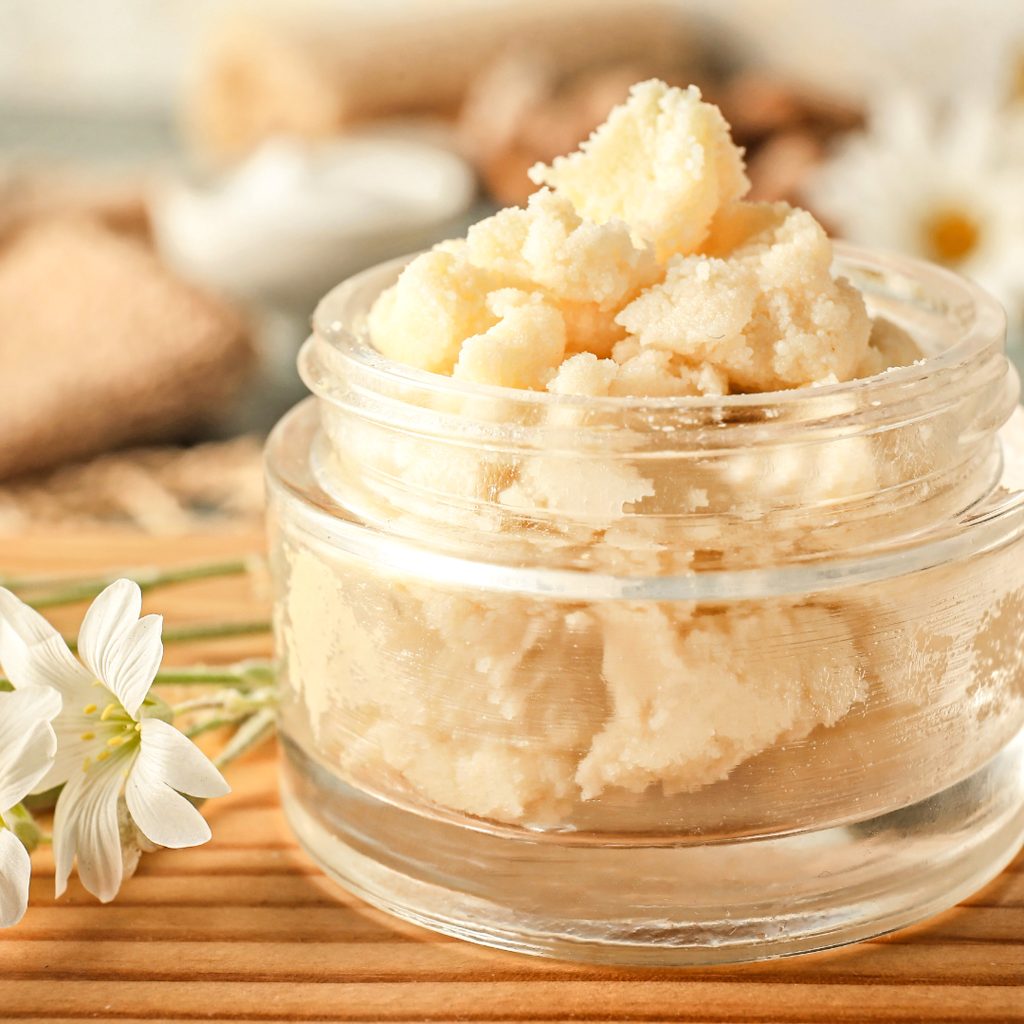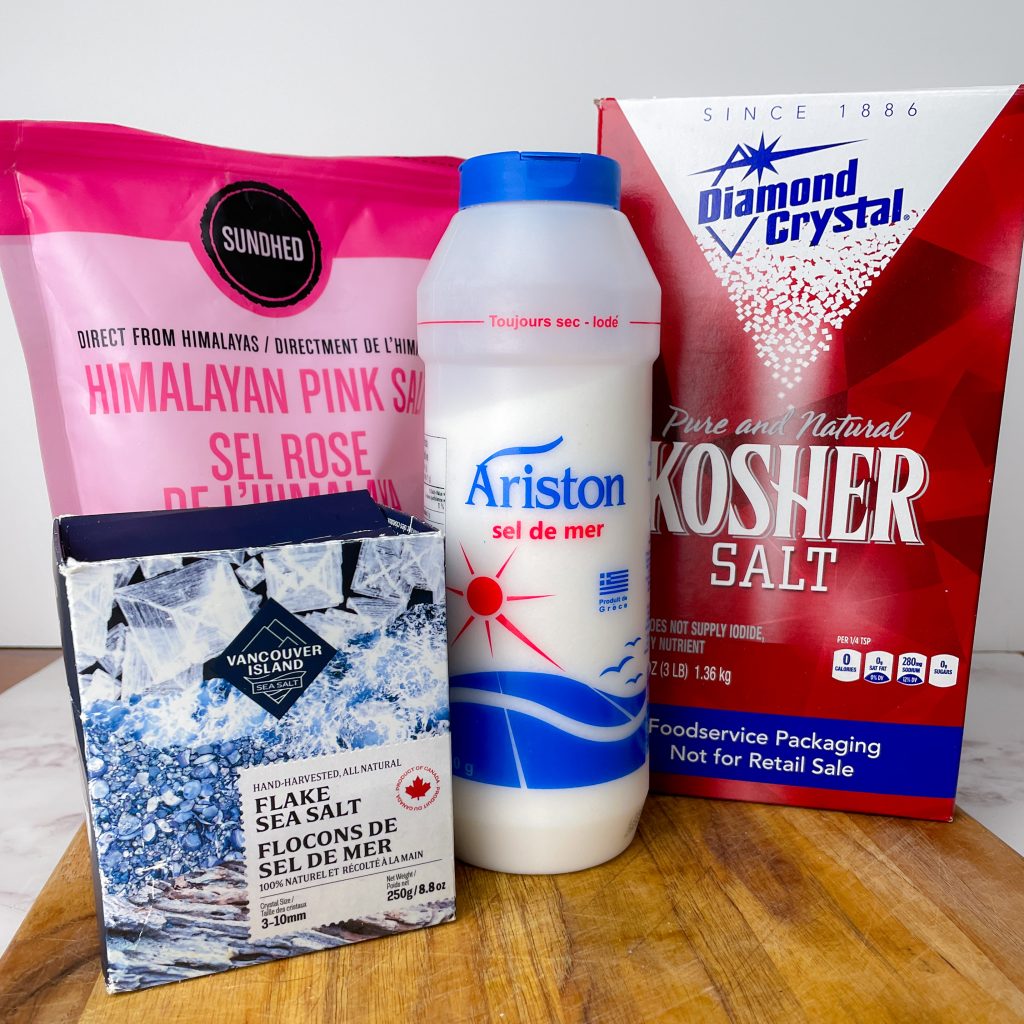If you’re a home cook or just love food, you know there’s nothing quite like a steaming bowl of beef stew on a chilly evening. The savory aroma, tender meat, and hearty vegetables make it a classic comfort food. However, there might be times when your beef stew turns out a bit too watery, leaving you wondering how to achieve that perfect thick and luscious consistency. If you’ve been there and want to know how to fix it – we’re covering how to thicken it in a few easy steps.
Before we dive into the thickening techniques, let’s understand why your beef stew may end up runny. Stews are essentially a blend of liquid and solids, and achieving the right consistency is about controlling that balance.
Evaporation also plays a role in stew thickness. As your stew simmers, some of the liquid evaporates, naturally thickening the remaining sauce and intensifying the flavors. This reduction process along with thickeners helps achieve that perfect, hearty consistency we all crave in a bowl of beef stew.
How Do I Make My Stew Less Watery?
When you’ve prepared your stew and it appears to be leaning more towards soup territory, don’t fret! There are effective methods to transform it into a thick, hearty stew. However, it’s important to note that each thickener requires a specific technique to ensure a smooth and luscious consistency without any unwelcome lumps. You can choose from the following options to achieve the perfect thickness:
- Flour
- Cornstarch
- Beurre Manie
Let’s explore these thickeners and their respective techniques to level up your stew-making skills.

How Do I Thicken Beef Stew With Flour?
Thickening beef stew with flour is a tried-and-true technique that adds body and richness to the dish. To do this effectively without ending up with unsightly flour clumps, follow these steps:
Start by putting a small amount of flour into a small mixing bowl. Ladle some of the stew liquid or broth into the bowl and whisk to create a smooth paste, known as a “slurry.” Ensure there are no lumps in the slurry by whisking it thoroughly. Once your stew is simmering gently, gradually add the slurry while stirring continuously. As the slurry combines with the simmering liquid, it will thicken the stew gradually, giving it a velvety texture. Continue to simmer for a few more minutes to cook off any raw flour taste. This method not only thickens your beef stew but also imparts a delightful, homely flavor.
Benefits of Using Flour:
- Neutral Flavor: Flour has a neutral taste, so it won’t significantly alter the stew’s original flavors.
- Widespread Availability: Flour is readily available in most kitchens, making it a convenient choice.
- Cooking Time: Flour can be added at the beginning or end of cooking.
- Budget-Friendly: It’s a cost-effective thickening agent.
Disadvantages of Using Flour:
- Potential for Lumps: If not added carefully, flour can create lumps in the stew.
- Subtle Thickening: It may require more flour to achieve the same thickness as other methods.
- Flour Flavour: If you add too much flour, the taste of flour will be unpleasant.
How Much Flour To Use?
As a general guideline, you can start with 2 to 3 tablespoons of flour mixed with a ladle or two of stew liquid or broth to create a slurry for a typical pot of stew. However, feel free to adjust the quantity to achieve the thickness that suits your taste preferences.

How to Thicken Stew with Cornstarch?
Thickening beef stew with cornstarch is a fantastic alternative to flour, offering a glossy and silky finish to your dish. It’s also gluten-free if that is important to you.
To avoid clumps when using cornstarch, follow these steps, which differ slightly from the flour technique:
Begin by dissolving cornstarch in COLD water or broth, creating a slurry. It’s essential to use cold liquid, as cornstarch doesn’t dissolve well in hot liquids. Ensure you whisk the mixture thoroughly until it’s completely smooth, with no lumps in sight. Once your stew is gently simmering, gradually pour the cornstarch slurry into it, all the while stirring continuously. Unlike flour, cornstarch thickens quickly, so be cautious not to pour too much at once. As you stir, you’ll notice the stew transforming into a luscious, glossy consistency. Continue to simmer for a minute or two. The beauty of cornstarch lies in its ability to thicken the stew efficiently while providing a lovely sheen. This technique is an excellent choice for those who prefer a lighter, clear thickening agent and want to avoid the distinct flavor that flour can impart.
Benefits of Using Cornstarch:
- Clear & Glossy Finish: Cornstarch lends a glossy finish and doesn’t cloud the stew.
- Quick Thickening: Cornstarch thickens rapidly, making it a time-efficient choice.
- A Little Goes A Long Way: Cornstarch is pure starch and has twice the thickening power as flour.
- Gluten-Free Option: It’s suitable for those with gluten sensitivities.
Disadvantages of Using Cornstarch:
- Cooking Period: It can lose its thickening power as it cooks, therefore it should be added near or at the end of cooking.
How Much Cornstarch to Use?
When you thicken with cornstarch, start with small amounts and increase as needed. You can always add more, but you can’t take it away if you add too much.
For a pot of stew, start with 2 tablespoons of cornstarch with equal parts of cold water or cold broth. Pour it in slowly until you reach your desired consistency. You may not use all of the liquid OR you may need more slurry.
If you are following a recipe that calls for flour, use half as much cornstarch to thicken the stew.

How to Thicken Stew with Beurre Mainé?
Thickening beef stew with Beurre Manié is a classic French technique that adds both richness and a velvety texture to your dish. To execute this method effectively and prevent any clumps, follow these steps:
Start by kneading equal parts of softened butter and all-purpose flour together until you form a smooth, homogenous mixture. This mixture is your Beurre Manié. Unlike flour or cornstarch, many add Beurre Manié directly to the stew without pre-mixing. We suggest pinching off small pieces of the Beurre Manié and whisk them into a small mixing bowl with a bit of the stew liquid to ensure they are well incorporated before adding to the stew. The Beurre Manié will slowly melt into the warm stew liquid, thickening it and adding a luxurious, buttery flavor. Once added to the stew, continue to simmer for a few more minutes to ensure that the floury taste is cooked off. Beurre Manié is an excellent choice for those who desire a deep, rich flavor in their stew.
Benefits of Using Beurre Manié:
- Rich Flavor: Beurre Manié imparts a delightful buttery richness to the stew.
- Velvety Texture: It creates a smooth and velvety texture, ideal for luxurious stews.
Disadvantages of Using Beurre Manié:
- Fat Content: Due to the added butter, Beurre Manié increases the fat content.
- Labor-Intensive: Preparing Beurre Manié involves kneading and requires more effort than other methods.
Which Technique is Best?
The choice of thickening technique for your beef stew ultimately comes down to personal preference and the specific qualities you desire in your dish. Each method offers its own set of benefits and disadvantages, allowing you to tailor your stew to your liking.
More Ways to Thicken Stew
While traditional thickeners like flour and cornstarch are commonly used, there are other techniques that can effect the thickness of your stew. Subtle adjustments like leaving the lid off the pot for evaporation or preparing your meat with a coating can also play a significant role in thickening your stew. Here are some things to consider:
- Leaving the Lid Off for Evaporation: Allowing your stew to simmer with the lid off the pot encourages moisture to evaporate, naturally thickening the sauce and intensifying the flavors.
- Dredging the Meat: Coating the meat pieces with flour before browning them can contribute to the stew’s thickness as the dredging mixture combines with the cooking liquids.
- Potatoes: The addition of potatoes can naturally thicken the stew due to tier high scratch content.
- Beans or Lentils: Creating a slurry using an immersion blender with beans and water or broth can thicken a stew.
- Heavy Cream: For a creamy and indulgent texture, a splash of heavy cream can do wonders.
- Pureed Vegetables: Blending cooked vegetables like carrots, peas, or squash can naturally thicken the stew while enhancing the taste.
- Yogurt, Sour Cream or Heavy Cream: These dairy products provide creaminess and a tangy kick to your stew. These are more often seen to thicken soups.
These techniques offer different ways to manipulate the moisture content and texture of your stew, providing versatility in achieving your desired consistency and flavour profile.

How to Thicken Beef Stew in A Slow Cooker
When it comes to evaporation, each cooking method has its unique characteristics. Stove tops and ovens typically allow for more evaporation because there is the option to leave them uncovered while they cook. This can naturally thicken the stew over time as the liquid reduces. However, when using a crock pot or an instant pot, there’s often less evaporation since these appliances retain a higher level of moisture. As a result, the stew may not naturally thicken as much during the cooking process.
To thicken beef stew cooked in a crock pot or an instant pot, you can follow these steps:
Towards the end of the cooking time, place a couple tablespoons of thickener into a small mixing bowl. Ladle out a portion of the stew’s liquid, or if you’re using cornstarch, use cold water into the mixing bowl. Mix until it forms a smooth slurry, ensuring there are no lumps. Carefully pour this slurry back into the crock pot or instant pot, stirring the stew thoroughly. Allow it to continue cooking with the lid on for an additional 10-20 minutes to let the thickening agent work its magic. This method compensates for the reduced evaporation in these appliances and results in a perfectly thickened and flavourful beef stew.









